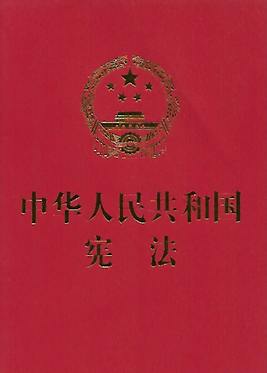On December 4, 1982, China adopted its current constitution, marking a significant moment in its political evolution. This constitution, the fourth since the People’s Republic of China was established in 1949, introduced several reforms reflecting the country’s shift towards economic liberalization and modernization.
The adoption of the current constitution was a pivotal event in China’s history, as it laid the foundation for the country’s political and legal system. It emphasized the rule of law and protection of citizens’ rights while maintaining the Communist Party’s leadership. This constitutional change was a key part of Deng Xiaoping’s broader reform and opening-up policy, setting the framework for China’s future development.
The 1982 constitution replaced the previous constitution of 1978, which had been in effect for only four years. The need for a new constitution arose from the desire to align China’s legal system with the changing social and economic realities of the country. The 1978 constitution, although it introduced some reforms, did not adequately address the emerging challenges and aspirations of the Chinese people.
The drafting of the new constitution began in 1978 and involved extensive consultations and discussions among the Chinese leadership and legal experts. The process aimed to create a document that would reflect the principles of socialism with Chinese characteristics, while also incorporating elements of modern governance and protection of individual rights.
The 1982 constitution consists of a preamble and four main parts: the general principles, the fundamental rights and duties of citizens, the structure of the state, and the national flag, anthem, and capital. It enshrines the principles of Marxism-Leninism and Mao Zedong Thought, along with the guiding ideology of Deng Xiaoping Theory.
One of the significant changes introduced by the new constitution was the recognition of private property rights. While socialism remained the fundamental system in China, the constitution acknowledged the role of the market economy and private ownership in the country’s development. This shift was a clear departure from the earlier emphasis on collective ownership and central planning.
The 1982 constitution also strengthened the legal framework by establishing the supremacy of the constitution and the separation of powers among the legislative, executive, and judicial branches of government. It introduced the concept of a constitutional review, allowing the courts to review the constitutionality of laws and regulations.
Furthermore, the new constitution expanded the scope of individual rights and freedoms. It guaranteed freedom of speech, assembly, and association, as well as the right to privacy and protection against unlawful searches and seizures. It also recognized the right to education, employment, and social security.
China’s current constitution has undergone several amendments since its adoption in 1982. These amendments reflect the changing needs and priorities of the country. Notable amendments include the inclusion of the concept of the “Three Represents” in 2004, which expanded the Communist Party’s role to represent the interests of the broader Chinese society.
The 1982 constitution has played a crucial role in shaping China’s political, legal, and social landscape. It has provided a stable framework for China’s economic reforms and modernization efforts. The emphasis on the rule of law and protection of citizens’ rights has contributed to the development of a more transparent and accountable governance system.
In conclusion, the adoption of China’s current constitution in 1982 marked a significant milestone in the country’s political evolution. It introduced reforms that reflected China’s shift towards economic liberalization and modernization. The constitution emphasized the rule of law, protection of citizens’ rights, and the Communist Party’s leadership. This constitutional change laid the foundation for China’s future development and continues to shape its political and legal system.
SEO Excerpt:
China’s Current Constitution (1982) marked a significant moment in China’s political evolution. This article explores the reforms introduced by the constitution, its historical background, and its impact on China’s development. Read more to understand the key role played by Deng Xiaoping’s reform and opening-up policy in shaping China’s future.

